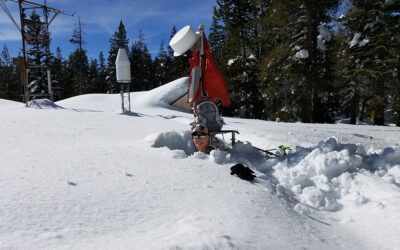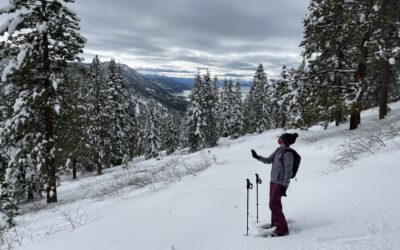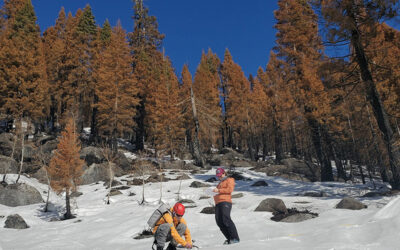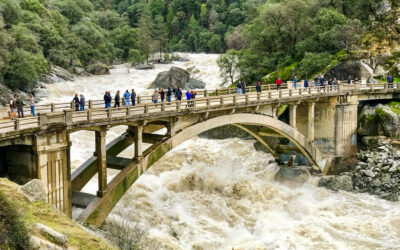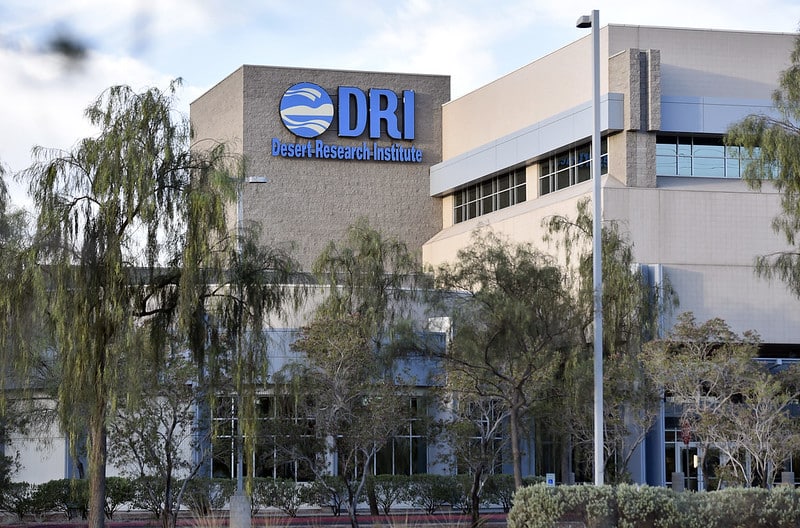DRI’s Anne Heggli is partnering with the National Weather Service to understand flood risk from rain-on-snow storms in real-time, protecting communities and enabling water conservation throughout Nevada and California.
Community Scientists Needed: Help Improve Winter Weather Predictions
Community members across Utah, the Great Basin, and around Lake Erie and Lake Ontario are invited to join people across the country in contributing winter weather observations. The data is collected by scientists for a NASA-funded project that seeks to improve the accuracy of winter weather predictions.
Wildfires Are Increasingly Burning California’s Snowy Landscapes and Colliding with Winter Droughts to Shrink California’s Snowpack
A DRI-led team examined what happens to mountain snowpacks when sunny, midwinter dry spells occur in forests impacted by severe wildfire.
Study Develops Framework for Forecasting Contribution of Snowpack to Flood Risk During Winter Storms
A new study provides the first framework for a snowpack decision support tool that could help water managers prepare for potential flooding during rain-on-snow events, using hourly data from existing snow monitoring stations.
DRI welcomes new graduate students to Reno and Las Vegas campuses
Each year, the Desert Research Institute (DRI) welcomes new graduate students from the University of Nevada, Reno (UNR) and University of Nevada, Las Vegas (UNLV), who work under the direction of DRI faculty on our northern and southern campuses to conduct...
